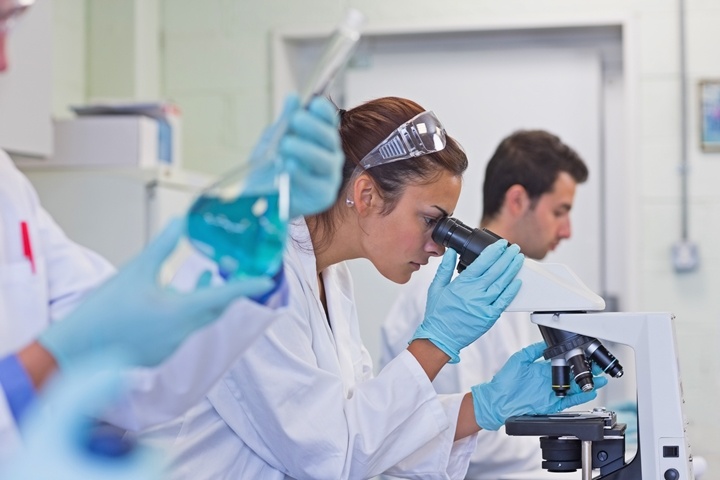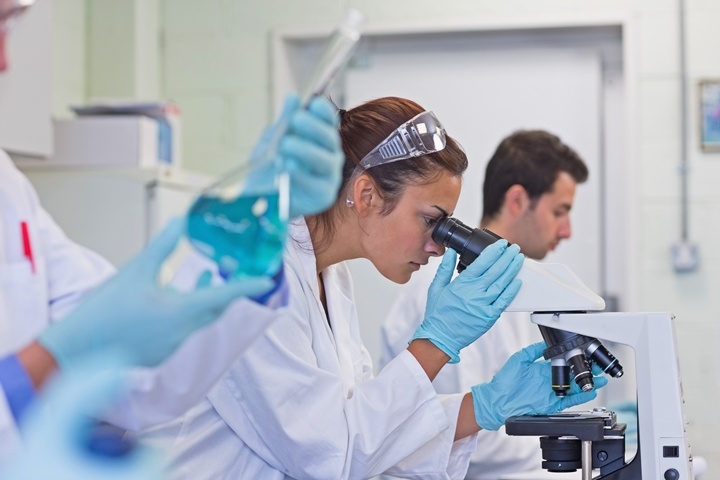
Researchers from the UNC Lineberger Comprehensive Cancer Center have developed a new software which identifies potential immunotherapies in leukaemia patients having stem cell transplants. This breakthrough will help doctors formulate personalised immune therapies that activate leukaemia specific donor cells while leaving the patient’s healthy cells unharmed. The study was recently published in the journal Blood Advances.
Stem cell transplants are often used to treat patients with blood cancer. The stem cells help the patient’s body regain the ability to produce healthy blood cells after high-dose chemotherapy has been used to kill their cancer cells.
Unfortunately, there are some risks associated with stem cell transplants, like graft-versus-host disease (GVHD). GVHD occurs when immune cells from the donor are transplanted with their stem cells. These immune cells may see the recipient’s cells as being foreign to the body and will attack to them.
Read More: Advantages of Cord Blood vs Bone Marrow Stem Cells for Transplant
The immune system cells react because they have a different genetic signature (Human leukocyte antigen or HLA) compared to the recipient’s cells. Cancer cells also have a different set of genetic markers, which makes it possible for immune cells to detect and destroy them.
However, the immune cells need to discover the specific genetic markers on a patient’s cancer cells before they can attack them. The research team decided to analyse the genetic signatures of a patient’s cancer cells, then guide the transplanted immune cells to attack them instead of the patient’s cells. This approach could avoid GVHD and make the immune cells more useful.
As co-author of the study, Dr. Ben Vincent, explains: “If you could identify and activate the immune cells from the stem cell donor that only target leukaemia cells, and not normal, healthy cells, that would be a big win.”
The research team developed a method to predict the genetic signatures of the cancer cells using genetic sequencing and computer software. They then tested the program on 101 myeloid leukaemia patients who had undergone stem cell transplants to ensure it was accurate. They identified a number of proteins that identified cancer cells and found some of the genes that triggered those proteins.
The next step is to use the genetic information to engineer immune cells so they only attack cancer cells. If researchers can successfully develop this technique, it could save thousands of lives each year.
Source: New UNC Software Aims to Make Stem Cell Transplants Safer for Leukemia Patients
{{cta(‘bc562991-216f-4d16-95b1-84ff9d2242c7’)}}


